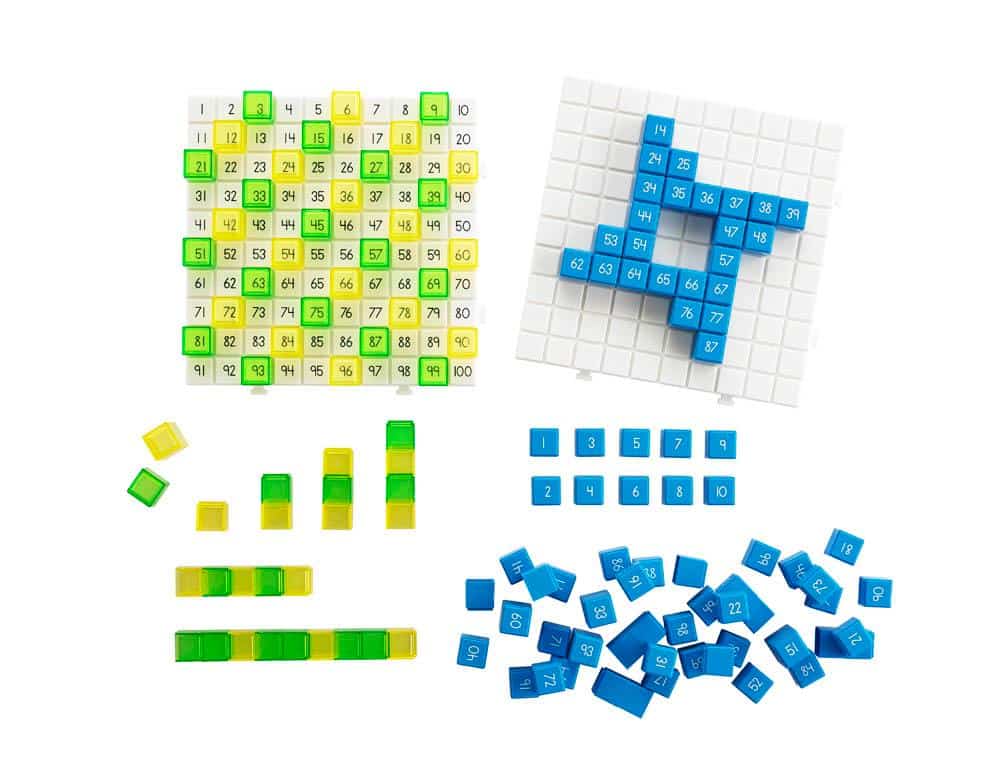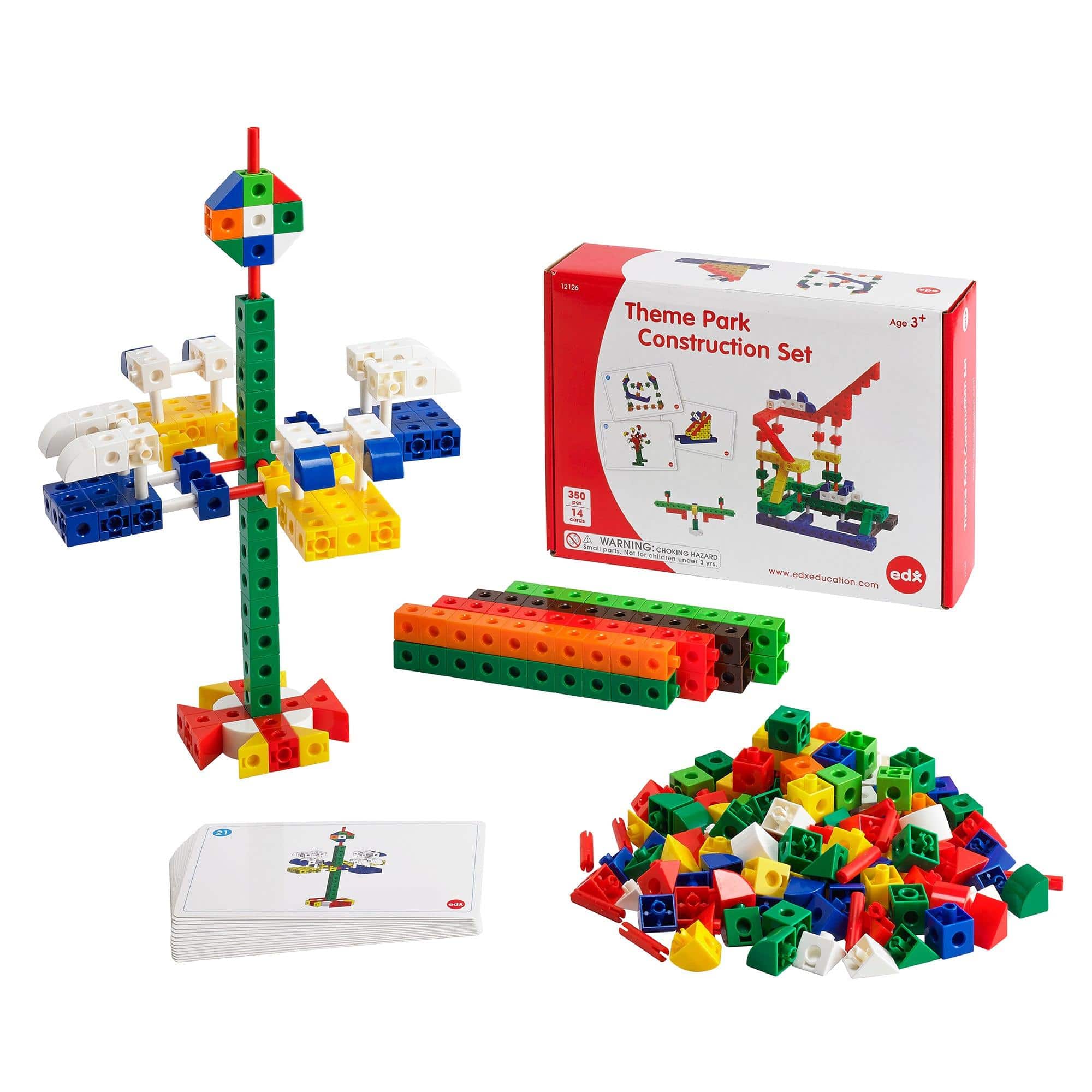The Role of Sensory Toys in Regulating Attention
Introduction
In today’s fast-paced and highly stimulating world, many individuals, especially children, struggle with attention regulation. The constant sensory overload from electronic devices, noisy environments, and daily life stressors can make it challenging to maintain focus and concentration. However, sensory toys have emerged as a valuable tool in helping individuals regulate their attention and improve overall cognitive abilities. This article will explore the various features and benefits of sensory toys in facilitating attention regulation.
Features of Sensory Toys
- Engaging Textures
- Calming Colors
- Various Sensory Stimuli
- Movement and Balance Challenges
- Interactive and Hands-On Elements
- Adjustable Sensory Intensity
- Portable and Easy to Use
- Suitable for All Ages
The Benefits of Sensory Toys in Regulating Attention
1. Sensory Input Regulation
Sensory toys provide individuals with a controlled and predictable sensory experience, helping them to regulate and organize their sensory input. The engaging textures, varying levels of sensory stimuli, and calming colors can promote a balanced sensory processing system, allowing individuals to filter out unnecessary distractions and maintain better attention focus.
2. Improved Concentration and Attention Span
By engaging with sensory toys, individuals can enhance their concentration and attention span. The interactive and hands-on elements of these toys require active engagement, forcing the individual to focus on a specific task or sensation. Over time, this practice can help strengthen attention muscles and improve overall concentration skills.
3. Stress and Anxiety Reduction
Sensory toys have proven to be effective in reducing stress and anxiety levels. The repetitive motions, tactile stimulation, and calming colors provide individuals with a comforting experience, leading to relaxation and a decrease in anxious feelings. This relaxed state allows for improved attention regulation, as individuals are less likely to be overwhelmed by stressors and distractions.
4. Sensory Integration Enhancement
Sensory toys can be particularly beneficial for individuals with sensory processing disorders or difficulties. Regular use of sensory toys can enhance sensory integration skills, enabling individuals to better organize and interpret sensory information from their environment. This improved sensory integration contributes to enhanced attention regulation abilities and overall cognitive functioning.
5. Emotional Regulation
Many sensory toys incorporate elements that promote emotional regulation. The tactile stimulation and sensory experiences offered by these toys can help individuals manage their emotions more effectively. When emotions are regulated, attentional resources are freed up, allowing for greater focus and concentration on tasks.
Conclusion
Sensory toys have proven their value in assisting individuals, especially children, in regulating attention and improving cognitive abilities. The engaging features of sensory toys, such as their textures, colors, and various sensory stimuli, provide individuals with a controlled and enjoyable sensory experience that helps in filtering out distractions and maintaining focus. With their ability to enhance concentration, reduce stress, and improve sensory integration and emotional regulation, sensory toys have become a valuable tool in promoting attention regulation and overall cognitive well-being. Incorporating sensory toys into daily routines can be a wise investment in enhancing attentional abilities and improving overall quality of life.


